Ghosn on the March: What Does an Alliance Mean for Nissan and Mitsubishi?

Yesterday’s news that Nissan will buy a 34-percent controlling stake in Mitsubishi for $2.2 billion was the latest win for Carlos Ghosn, the man behind the Renault-Nissan Alliance of 1999 and possessor of many fingers in many pies.
Ghosn, CEO of both Nissan and Renault, inked the agreement with Mitsubishi as the other automaker battles a misleading gas-mileage scandal. At a price of 468.52 yen/share, Ghosn’s purchase of new shares was a smoking deal. Mitsubishi shares traded for 1,100 yen just last December.
What becomes of the two companies now? And how will Ghosn’s world-straddling empire benefit by snapping up beleaguered Mitsubishi?
Ghosn, ever the seeker of opportunities, clearly saw benefits in exercising control over Mitsubishi.
The deal came about, according to Bloomberg, after Mitsubishi Chairman Osamu Masuko visited Ghosn on April 18 to apologize for the gas mileage scandal, which also affected the Nissan minicars produced by Mitsubishi under a 2010 agreement.
Ghosn said he “would back us up as much as possible, so hang on,” said Masuko, adding that they had talked about an alliance before, but the scandal compelled Ghosn to pull the trigger.
Working together holds several benefits for both automakers.
The alliance provides a way for cash-strapped Mitsubishi to develop competitive products in the future. Right now, the automaker’s Outlander Sport and Outlander SUVs, as well as its Lancer sedan, ride atop the dated GS platform co-developed by Mitsubishi and DaimlerChrysler in the early 2000s.
Yes, that’s the platform used by the Jeep Compass and Patriot, the defunct Dodge Caliber and Chrysler Sebring, and — don’t forget — the Dodge Journey.
Ghosn talked about “synergies” and the financial benefits of shared platforms during the Mitsubishi alliance announcement, but that’s unlikely to happen over night. After all, years passed before the first common platform emerged from Renault-Nissan deal. The B platform saw the light of day in 2002, followed a year later by the C platform.
If Ghosn is happy with his own vehicles’ underpinnings and doesn’t want to invest in platform development right away, Mitsubishi could simply borrow existing Nissan architecture. For example, Mirage buyers aren’t likely to complain if a Micra chassis slides underneath their econobox.
Besides architecture, Nissan’s engines and transmissions may be of interest to Mitsubishi. Regardless of the model, there are Nissan drivetrain components that could benefit the vehicle’s performance and better satisfy environmental regulators.
Nissan stands to gain in some key areas. Aligning with Mitsubishi means inroads into markets where Nissan is weak, including southeast Asia — Thailand, especially.
As shown by their previous partnership, Mitsubishi’s Kei-car platform, which underpins the minuscule vehicles wearing Nissan badges, is still a valuable asset for Nissan. Ghosn doesn’t want to waste money on a vehicle class that doesn’t make much money for an automaker, but is a necessity for gaining market share and entry-level buyers in Japan.
Mitsubishi’s compact pickup game is another bright light — its Triton model sells like gangbusters in overseas markets, outpacing the Nissan Navara. Earlier this decade, Nissan outsourced Navara production to to Mitsubishi, which produced it alongside the Triton at its Thailand assembly plant. Nissan has since built a factory to handle its own truck production in that country.
Mitsubishi already has a sales winner in the Outlander PHEV plug-in hybrid, which deserves some of the credit for the brand’s sales growth in Europe. The Outlander PHEV is the most popular plug-in in the UK — last year the PHEV and Nissan Leaf accounted for 57 percent of all plug-in vehicles in that country.
In the realm of electrification, Mitsubishi’s hybrid technology could bolster Nissan. Unlike rivals Honda and Toyota, neither automaker is enthusiastic about pursuing hydrogen fuel cell technology. Both view hybrids and electrics as vehicles of the future.
Both companies plan to make the agreement official on May 25, after which Nissan will install a new chairman for Mitsubishi’s board of directors, and add four of its own directors to the table. With its controlling stake, Nissan will be able to veto many management decision it doesn’t like, and more or less guide its partner in whatever direction it chooses.
Still, Ghosn faces a number of risks. For starters, there’s possible opposition from the powerful business enterprises that remain at the board table, a collection Bloomberg calls “ a tough nut to crack.”
Nissan and Mitsubishi sales are down in Japan, and the latter company faces steep fines for its mileage cheating, as well as a serious hit to its reputation. This will take time to recover from.
With the scandal still fresh, Mitsubishi could see its share values drop even further, making Nissan’s smoking deal a bitter memory.
Still, the Mitsubishi buy only erased 237.4 billion yen from Nissan’s 1.4 trillion yen pile of available cash. For now, there’s decent shelter from any storm.
[Image: © 2015 Mark Stevenson/The Truth About Cars, Mitsubishi Motors]

More by Steph Willems
Latest Car Reviews
Read moreLatest Product Reviews
Read moreRecent Comments
- Todd In Canada Mazda has a 3 year bumper to bumper & 5 year unlimited mileage drivetrain warranty. Mazdas are a DIY dream of high school auto mechanics 101 easy to work on reliable simplicity. IMO the Mazda is way better looking.
- Tane94 Blue Mini, love Minis because it's total custom ordering and the S has the BMW turbo engine.
- AZFelix What could possibly go wrong with putting your life in the robotic hands of precision crafted and expertly programmed machinery?
- Orange260z I'm facing the "tire aging out" issue as well - the Conti ECS on my 911 have 2017 date codes but have lots (likely >70%) tread remaining. The tires have spent quite little time in the sun, as the car has become a garage queen and has likely had ~10K kms put on in the last 5 years. I did notice that they were getting harder last year, as the car pushes more in corners and the back end breaks loose under heavy acceleration. I'll have to do a careful inspection for cracks when I get the car out for the summer in the coming weeks.
- VoGhost Interesting comments. Back in reality, AV is already here, and the experience to date has been that AV is far safer than most drivers. But I guess your "news" didn't tell you that, for some reason.



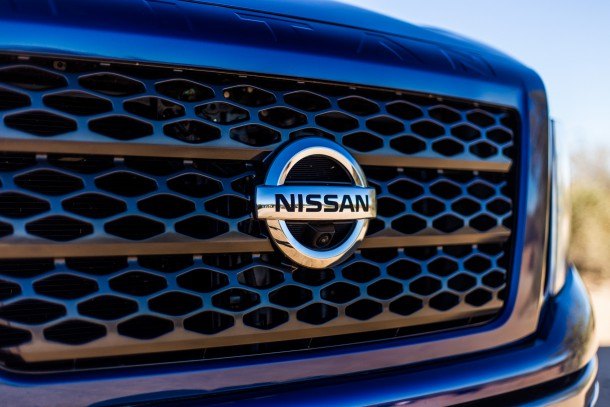














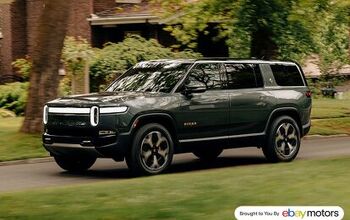



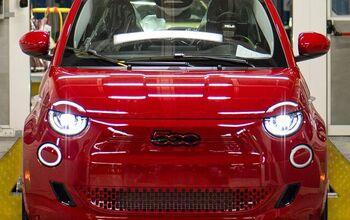

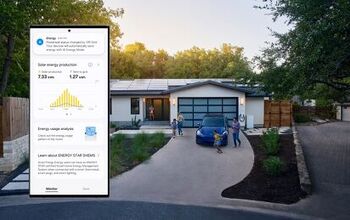
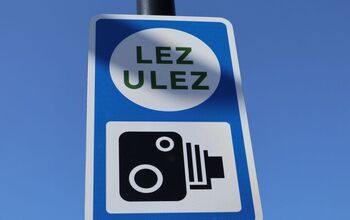
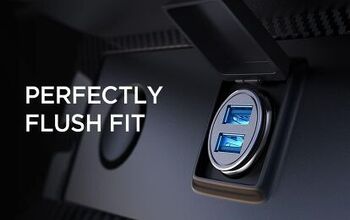

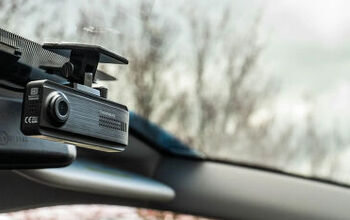

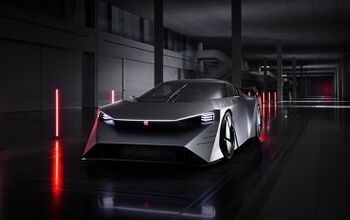

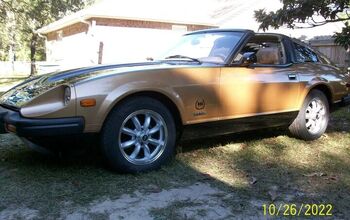
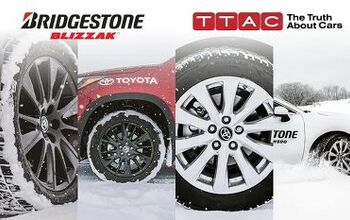
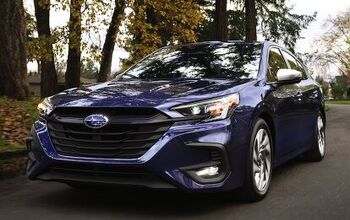
Comments
Join the conversation
Carlos is more astute at business than Sergio. Maybe Ghosn will wait for the next Government bailout of FCA and snap them up.
Sergio should be the one that retires but it could be Carlos. Carlos would be the better choice to head up a merged corporation.